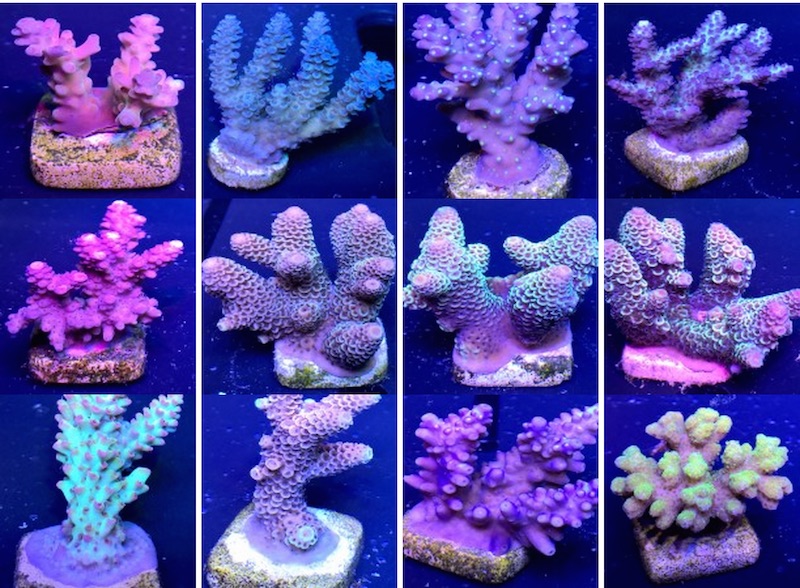Australian corals have been lighting up the reef aquarium hobby for about eight years now, and Australia is probably the number one source for brilliant, shallow water Acropora in the hobby. With only wild colonies to work with, the job of culturing these prime Australian acros has mostly fell on reef hobbyists and commercial facilities in the U.S. and Europe, but now Australia is getting in on the game.
Sustainable Reefs is the first company to produce aquacultured Australian stony corals specifically for the export market and they’ve teamed up with Eye Catching Coral as their exclusive U.S. distributor. Eye Catching Coral is no stranger to the pages of RB, having carved out a nice little niche for itself in the procurement of awesome and exciting stony corals.
The crop of new aquacultured Acros from Australia include all the continent’s best coral strains, with plenty of strawberry shortcakes, Tierra del fuego, blue vermiculata, multicolored Millis and of course, the local endemic Acropora spathulata. At present, Sustainable Reefs is busy working on their culturing technique, the species they work with, and how tightly they can pack them to reduce freight costs all the way from Australia.
But once the initial operation gets smoothed out, we can imagine Sustainable Reefs working towards getting ever more beautiful broodstock corals with which to propagate even more amazing coral, probably any we’ve never seen before. In addition to getting new and exciting strains of Australian corals, Eye Catching Corals is surely enjoying having much more suitable corals for aquariums, with much less biofouling on the bases, no pests or parasites like those which can come from the wild, and of course, smaller sizes of colonies which are a perfect fit for our small home aquariums.
Eye Catching Coral is the exclusive distributor of Australian aquacultured corals from Sustainable Reefs. So if you want a taste of what Aquacultured Acros are like, tell your LFS to contact Eye Catching Coral directly.



